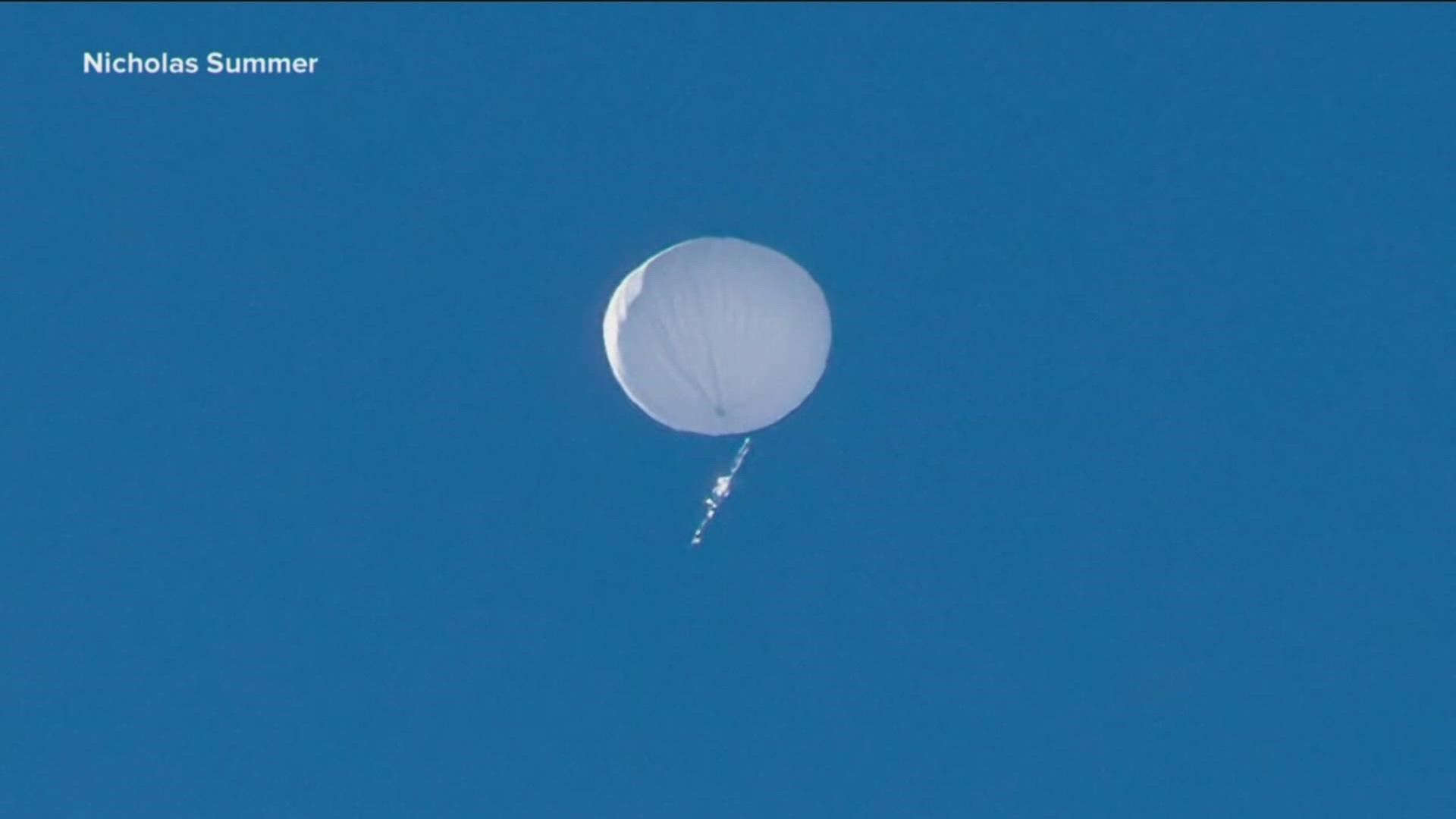COLUMBUS, Ohio — On Saturday afternoon, under orders from President Biden, a suspected Chinese spy balloon was shot down over the Atlantic Ocean off the South Carolina coast.
The eyes of the nation have been on the balloon for days as it traveled over several sensitive military sites after entering United States airspace in Alaska a week ago.
WTOL 11 spoke to Columbus hot-air balloon expert, Russ Jurg, on Saturday to get answers on how the Chinese balloon differs from hot air balloons.
Jurg believes the Chinese balloon is mostly likely a helium or hydrogen-based balloon as opposed to a hot air balloon, which uses propane burned in a burner to heat the air and lift the balloon.
Jurg says says helium and hydrogen are lighter than air, which is what allows them to fly so high in the atmosphere.
The Chinese balloon was hovering at about 60 thousand feet as it made its way over the United States.
Hot air balloons on the other hand typically only get to about 4 thousand feet.
Commercial airlines typically fly no higher than approximately 42,000 feet.
And whereas hot air balloons can only typically be flown for an hour or an hour and a half, gas filled balloons are able to stay aloft for days.
As far as navigation, Jurg says a hot air and helium or hydrogen balloon is typically at the mercy of wind currents or, if high enough in the atmosphere, the jet stream.
Jurg says it’s likely that whoever launched the balloon would have had to have had a good idea what was happening in the jet stream if they were sending the balloon on a specific path. At the same time, he did not rule out the possibility of other navigation systems like turbines or fans to maneuver the balloon.
Jurg says there is not enough information about the Chinese balloon to say exactly how long it would have flown before coming down or where that might have been.
MORE FROM WTOL 11:

